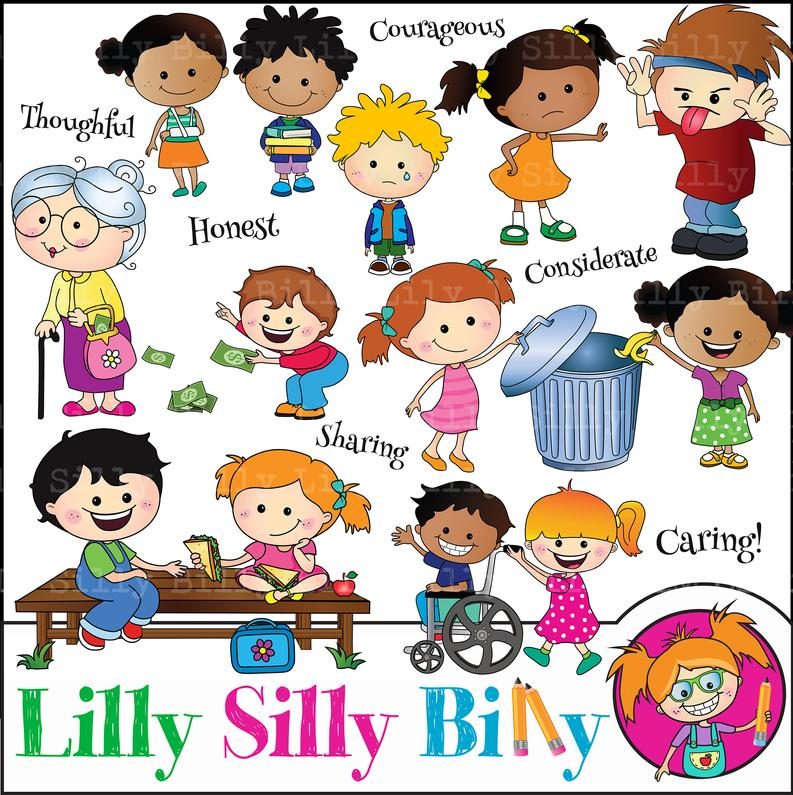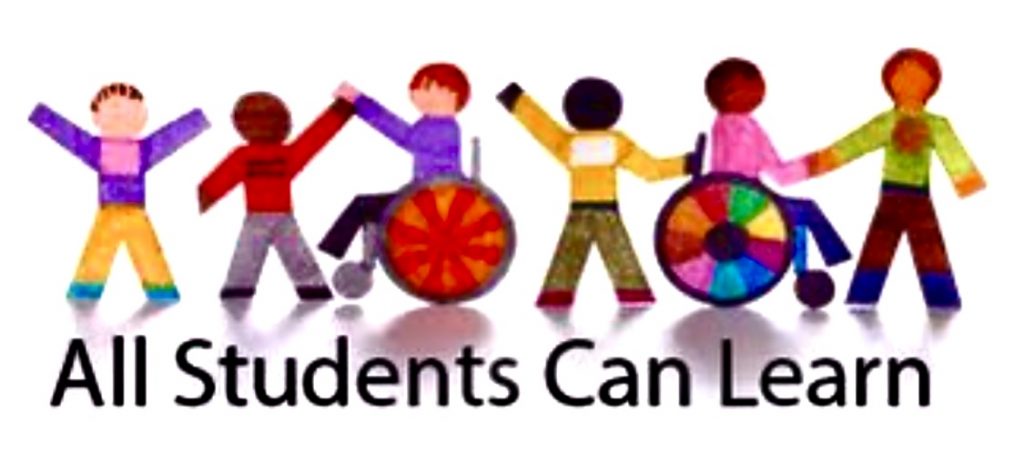
When teaching there are 4 BIG Questions we must always ask and address to ensure students’ individual learning needs are addressed and progress is being made to their highest potential. These Big 4 Questions are as follows:
- WHAT do we want the students to know and be able to do?
- How will we know that #1 was achieved? Assessment
- What will be done if a child a child already met the goal/objective therefore needs a challenge?
- What will be done if a child does not meet the goal/objective therefore is at-risk?
Starting with the first question is where the instructional planning begins. What is the goal for the curricular unit? What is the objective of the actual lesson? For example, for a group of second grade students they may be starting to put their sentences together to write a paragraph. The ultimate unit goal would be to write a five sentence paragraph with a topic sentence, three detail sentences and a concluding sentence. The objective of the lesson might be to write the topic sentence using the main idea.
2. After deciding how this is going to be taught. What materials, steps and process, it is important to have some form of formative assessment to determine if the lesson was successful. Therefore question two was how will you know if the objective was met? Will the students each write a topic sentence? Will they write their topic sentence and read it to a partner then share it on the way out the door as the ticket to recess? Some type of simple quick check is needed to inform the teacher how the students are doing with the concept of topic sentences.
3. if there are students who are already writing topic sentences, what will be done to challenge these students during this lesson? How will the lesson be differentiated to keep them excited, motivated and focused? Students like to be part of the whole group therefore finding ways to add a challenge without making a child feel segregated or adding busywork is the key. Therefore the student can be asked to write the sentence with adjectives, appropriate punctuation and/or including detail sentences. Also students can be helpers by being partnered with a friend that might need some extra assistance without making it obvious.
4. Then for the students that are still having difficulty writing the topic sentence, consider providing sentence frames and graphic organizers. Using programs like Step Up to Writing allows all students to participate at their own level by providing step by step sequential steps and formats to writing.
As educators it is extremely important that we write our lesson plans to include ALL students. The issue is that teachers are given grade level standards and expectations for instruction but classes aren’t made up of students all on the same level. All students can learn just in different ways and at different rates which requires differentiated instructional strategies. The standards are the framework from which to drive the instruction but the formative assessment is what indicates the students’ level and must determine the instruction. Therefore to ensure students are engaged the lessons must attend to their individual needs. That requires being in tune to each and every students’ style of learning, developmental level and achievement. Exhausting yes, but exciting too! This is what makes teaching and learning challenging but at the same time one of the most rewarding too!
